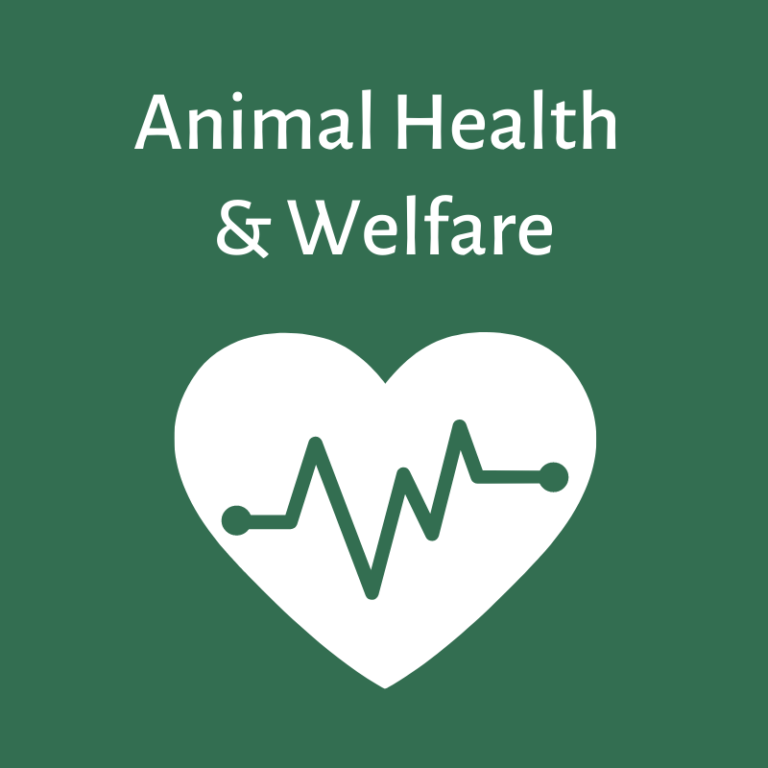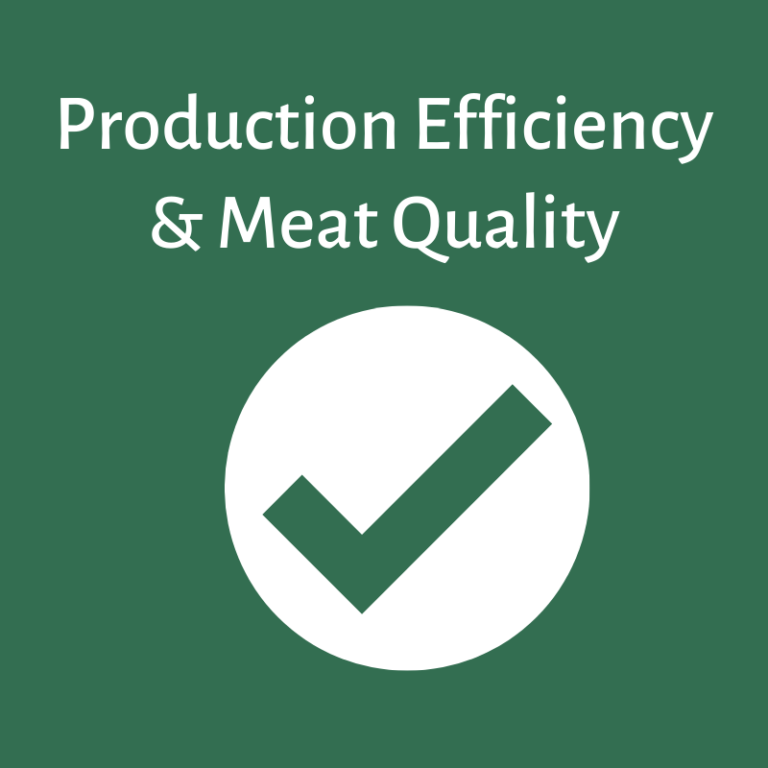
https://ec.europa.eu/eip/agriculture/en/find-connect/projects/bovine-beef-innovation-network-europe
Beef cattle are exposed to stressors during routine management, particularly at weaning, at the feedlot entry and in the pre-slaughter period. The stress can lead to a reduction of animal welfare, performance and product quality.
Promising results to reduce stress in farm (and company) animals has been found using analogues of maternal appeasing pheromones, including cattle. It consist in a synthetic substance imitating the composition of secretions obtained from the skin around mammalian mammary glands, which have been identified first in sows by a French researcher, Patrick Pageat, and later in other mammary species. The discovery was patented in 2000 (now expired) and it was claimed that the substance decrease stress, anxiety and aggressiveness in young and adult pigs. The active components consist in three fatty acids in similar proportion between several species: oleic acid, palmitic acid, and linoleic acid, plus others specie specific. A product is already comercialized (SecureCattle®), which is topically applied to the nuchal skin area of each animal prior to stressful events, such as weaning and transport to slaughter.
In the following video the commercial company CHEMIE S.A. from Chile, shows the behaviour of cattle unfamiliar when mixed, applying or not SecureCattle® previously.
The substance potentially improves animal welfare, immunity and performance, and lowers the risk of carcass and meat quality issues (carcass bruises, DFD meat). Cost of the product and workforce should be considered. Additional research is still warranted to evaluate the mechanisms of action of the substance.
In a recent published study conducted in Brazil by Capelozza et al. (2020), it was tested the impact of bovine appeasing substance (BAS) administration at weaning (Experiment 01) and immediately prior to transport to slaughter in beef animals (Experiment 02).
In Experiment 01, 120 Bos indicus-influenced calves were weaned at 7 months of age (day 0) and assigned to receive BAS (Nutricorp; Araras, Brazil) or water (CON). Treatments (5 mL) were topically applied to the nuchal skin area of each animal. Calves initially had a similar body weight 192 kg for CON and 191 kg for BAS, but after 45 days animals that received BAS were heavier than CON cohorts at the end of the experimental period (257 vs. 240 kg, respectively). This was due to a different average daily gain of BAS (1,45 kg/d) compared to CON (1,08 kg/d) cohorts. In the experiment 01, animals grazed pastures and were supplemented with a 0.3% of body weight energy-protein supplement.
In Experiment 02, a total of 835 Nelore-influenced animals, originated from 4 farms were used herein. Immediately prior to transport, animals were ranked by body weight and assigned to receive BAS (n = 422) or water (CON; n = 413). Treatments were applied similarly than in the previous experiment. Each group was loaded into different trucks, followed the same route and upon arrival at the slaughter facility, animals within each respective treatment were maintained in segregated pens for 16 hours before slaughter. Animals having a meat pH > 5.80 were classified as higher-risks for having dark, firm, and dry (DFD). A treatment effect was detected for meat pH, so that animals receiving BAS had a reduced pH vs. CON cohorts (5.75 vs. 5.82, respectively). Additionally, the risk of DFD% was greater for CON vs. BAS when pH > 5.80 (42.2 vs. 26.2%, respectively) was evaluated.
A demonstration on this theme was carried out in Estonia.
Impact on:
 |
Cost of the product and application should be considered. |
 |
It may improve immunity (Colombo et al., 2020), reduce stress and aggressive behavior. |
 |
Daily gain could be increased, and carcass bruises and high meat pH decreased. |
 |
a more efficient production at farm and less product waste can benefit sustainability. |
Authors: Virginia C. Resconi, Jakeline Vieira Romero.
Source of information:
- Pageat, P. Pig appeasing pheromone to decrease stress, anxiety and aggressiveness. United States Patent 6,077,867. June 20, 2000.
- P. Pageat, E. Gaultier. (2003). Vet Clin North Am Small Anim Pract. 33(2):187-211.
- Colombo, et al. (2020). J. Anim. Sci. 98(11):skaa339
- Cooke, et al. (2019). Anim.14(3):566-569
- Osella, M.C. et al. (2018). Journal Dairy Research. 85:174–177.
- Cappellozza et al. (2020). Livestock Science. 238:104067.